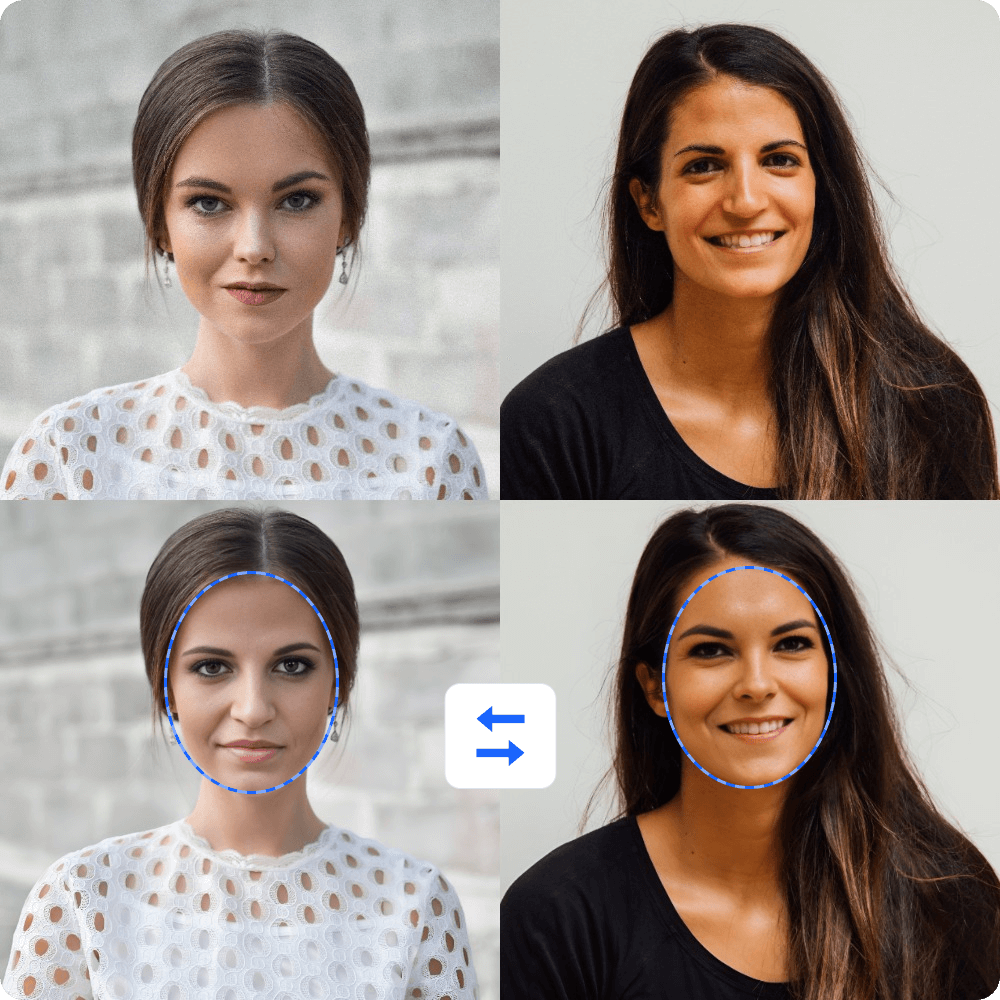- Jun 22, 2023
- 3 min read
Deepfakes are the new big threat to business. How can we stop them?
Sumsub shares how it fortifies its biometric verification with innovative deepfake detection technology and goes over identity fraud trends for 2023 and beyond
AI technology is skyrocketing, which is creating a myriad of new problems across multiple fields. AI has made it virtually impossible for an average person to distinguish between fake and real. Meanwhile, businesses of all types are now at risk of being scammed by synthetic fraud and deepfakes. We’re also seeing AI being used in sinister social engineering attacks that target peoples’ personal lives. For example, a man in China recently sent $622,000 to a scammer after a video call that he thought was with his friend. Cases like these are likely to occur again in the future.
Sumsub’s statistics show that the prevalence of deepfake fraud grew considerably from 2022 to Q1 2023:
- From 2022 to Q1 2023, the proportion of deepfakes among all fraud types increased by 4,500% in Canada, by 1,200% in the U.S., by 407% in Germany, and by 392% in the UK.
- In Q1 2023, the most deepfakes came from Great Britain and Spain with 11.8% and 11.2% of global deepfake fraud respectively, followed by Germany (6.7%), and the Netherlands (4.7%). The U.S. held 5th place, representing 4.3% of global deepfake fraud cases
- Last quarter, a high proportion of fraud consisted of deepfakes in Australia (5.3%), Argentina (5.1%), and China (4.9%).
To put this in absolute numbers, from 2022 to Q1 2023, the proportion of fraud consisting of deepfakes increased from 0.1% to 4.6% in Canada, from 0.2% to 2.6% in the U.S., from 1.5% to 7.6% in Germany, and from 1.2% to 5.9% in the UK.
What are deepfakes?
Deepfakes are a type of identity fraud that use machine learning to either generate a fake persona or impersonate an existing person using manipulated photos and videos of them. Meanwhile, synthetic fraud is a more general term referring to AI-created content usually used by fraudsters. The same AI-driven technologies lie at the core of both deepfakes and synthetic fraud.

We used photos of two women and swapped their faces using ‘deepfake' technology. This image was modified in good faith and for general information purposes only. Source: Unsplash
What industries are affected the most?
Any industry working with customers on a remote basis is vulnerable to synthetic fraud and deepfakes. At the moment, the most affected fields are fintech, payments, crypto, and gambling platforms. This is because the vast majority of customers are onboarded online without face-to-face communication.
Liveness and Deepfake Detection against AI-generated fraud
The human eye won’t be able to distinguish between a proper deepfake and a real person. However, the solution comes from the same technology that created the problem: artificial intelligence.
Sumsub has been developing AI technology to detect deepfakes for several years. Our solution is incorporated into our in-house liveness, a proprietary technology that easily detects spoofing attempts while authenticating real users in seconds. It works by analyzing certain artifacts of provided images using the latest AI technologies, ensuring no fraudsters pass the check. Nowadays, it’s an integral part of the KYC flow for many businesses. In addition to detecting deepfakes, our liveness is widely used for authentication purposes, confirming user actions, detecting duplicate accounts, and much more.
Moreover, Sumsub has a dedicated team of AI/ML experts who constantly work to improve our deepfake detection, leveraging vast experience in analyzing visual data and differentiating between the images of real people and AI-generated fake personas.
In the near future, AI technologies will continue to develop fast, and more sophisticated synthetic fraud is likely to emerge, affecting many more industries. Thus, companies need to stay ahead of the criminals, and our aim as an anti-fraud provider is to offer top-notch deepfake fraud detection solutions and keep digital platforms, people, and communities safe from advancing threats.
Relevant articles
- Article
- 2 weeks ago
- 5 min read

- Article
- 1 week ago
- 7 min read
When sales spike during holidays, so do the scams. Learn about the top fraud threats, red flags, and tools businesses and consumers can use to protec…

What is Sumsub anyway?
Not everyone loves compliance—but we do. Sumsub helps businesses verify users, prevent fraud, and meet regulatory requirements anywhere in the world, without compromises. From neobanks to mobility apps, we make sure honest users get in, and bad actors stay out.


